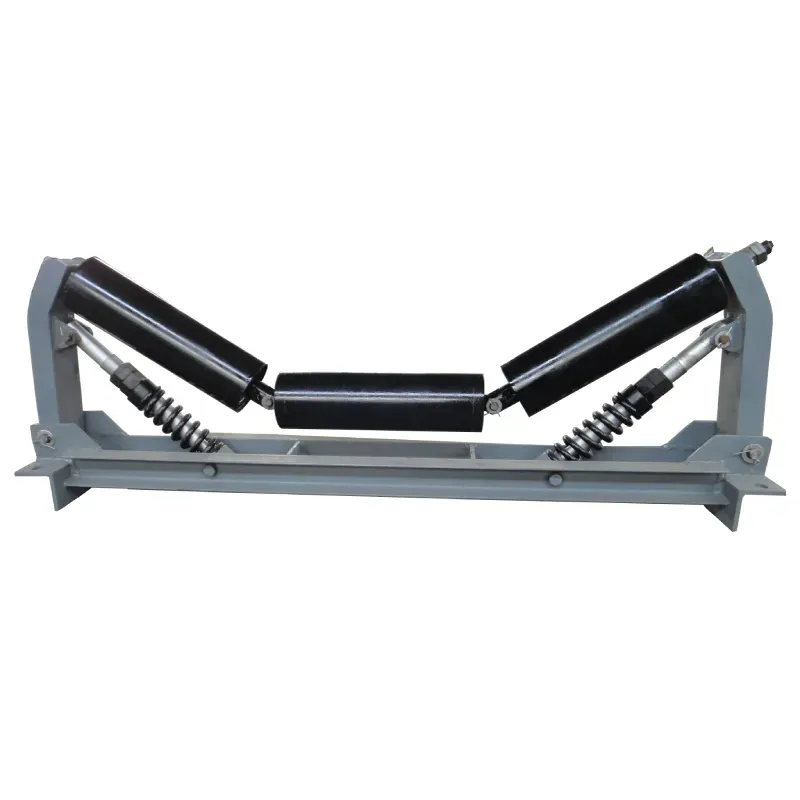 Afrikaans
Afrikaans  Albanian
Albanian  Amharic
Amharic  Arabic
Arabic  Armenian
Armenian  Azerbaijani
Azerbaijani  Basque
Basque  Belarusian
Belarusian  Bengali
Bengali  Bosnian
Bosnian  Bulgarian
Bulgarian  Catalan
Catalan  Cebuano
Cebuano  Corsican
Corsican  Croatian
Croatian  Czech
Czech  Danish
Danish  Dutch
Dutch  English
English  Esperanto
Esperanto  Estonian
Estonian  Finnish
Finnish  French
French  Frisian
Frisian  Galician
Galician  Georgian
Georgian  German
German  Greek
Greek  Gujarati
Gujarati  Haitian Creole
Haitian Creole  hausa
hausa  hawaiian
hawaiian  Hebrew
Hebrew  Hindi
Hindi  Miao
Miao  Hungarian
Hungarian  Icelandic
Icelandic  igbo
igbo  Indonesian
Indonesian  irish
irish  Italian
Italian  Japanese
Japanese  Javanese
Javanese  Kannada
Kannada  kazakh
kazakh  Khmer
Khmer  Rwandese
Rwandese  Korean
Korean  Kurdish
Kurdish  Kyrgyz
Kyrgyz  Lao
Lao  Latin
Latin  Latvian
Latvian  Lithuanian
Lithuanian  Luxembourgish
Luxembourgish  Macedonian
Macedonian  Malgashi
Malgashi  Malay
Malay  Malayalam
Malayalam  Maltese
Maltese  Maori
Maori  Marathi
Marathi  Mongolian
Mongolian  Myanmar
Myanmar  Nepali
Nepali  Norwegian
Norwegian  Norwegian
Norwegian  Occitan
Occitan  Pashto
Pashto  Persian
Persian  Polish
Polish  Portuguese
Portuguese  Punjabi
Punjabi  Romanian
Romanian  Russian
Russian  Samoan
Samoan  Scottish Gaelic
Scottish Gaelic  Serbian
Serbian  Sesotho
Sesotho  Shona
Shona  Sindhi
Sindhi  Sinhala
Sinhala  Slovak
Slovak  Slovenian
Slovenian  Somali
Somali  Spanish
Spanish  Sundanese
Sundanese  Swahili
Swahili  Swedish
Swedish  Tagalog
Tagalog  Tajik
Tajik  Tamil
Tamil  Tatar
Tatar  Telugu
Telugu  Thai
Thai  Turkish
Turkish  Turkmen
Turkmen  Ukrainian
Ukrainian  Urdu
Urdu  Uighur
Uighur  Uzbek
Uzbek  Vietnamese
Vietnamese  Welsh
Welsh  Bantu
Bantu  Yiddish
Yiddish  Yoruba
Yoruba  Zulu
Zulu Understanding the Functions of Rollers and Idlers in Conveyor Systems
Rollers and Idlers The Unsung Heroes of Conveyor Systems
In the world of industrial machinery and logistics, the terms rollers and idlers may not immediately ring a bell for those outside the industry. However, these components play a crucial role in the efficiency and functionality of conveyor systems, which are vital for transporting goods in warehouses, manufacturing plants, and countless other applications.
Understanding Rollers and Idlers
Rollers are cylindrical components that facilitate the movement of items along a conveyor belt. They can be powered or non-powered, with powered rollers being equipped with motors that drive the movement of the belt, while non-powered rollers rely on gravity or manual push. Rollers are typically made of materials such as steel, plastic, or aluminum, chosen for their durability and weight capacity. Their design can vary widely based on the application, ranging from simple straight rollers to complex configurations that can handle curves or inclines.
Idlers, on the other hand, are unpowered rollers that support and guide the conveyor belt. They serve several purposes, including maintaining belt tension, supporting the load on the belt, and ensuring that the belt remains aligned correctly throughout its journey. Without idlers, conveyor systems would face significant friction and wear, leading to inefficiencies and increased maintenance costs.
The Importance of Rollers and Idlers in Conveyor Systems
The impact of rollers and idlers in conveyor systems cannot be overstated. These components ensure that materials move smoothly and efficiently, minimizing downtime and improving throughput. In a manufacturing setting, for instance, a well-functioning conveyor system allows for continuous production without bottlenecks, increasing productivity and significantly impacting the bottom line.
rollers and idlers

Moreover, the choice of rollers and idlers can affect the overall energy consumption of a conveyor system. High-quality, efficiently designed rollers create less friction, which reduces the energy required to move materials. This can lead to substantial savings in operational costs over time, making it a key consideration for businesses looking to enhance their sustainability efforts.
Innovations in Roller and Idler Design
As industries evolve, so too do the technologies associated with rollers and idlers. Recent innovations have led to the development of specialized rollers that can withstand extreme conditions, such as high temperatures or corrosive environments. For example, in food processing plants, rollers made from FDA-approved materials ensure compliance with safety standards while maintaining performance.
Additionally, the integration of smart technologies is beginning to transform the way rollers and idlers function within conveyor systems. Internet of Things (IoT) sensors can monitor the condition of these components in real-time, providing insights into wear and tear, and enabling predictive maintenance. This not only minimizes unexpected breakdowns but also optimizes the operational efficiency of the entire system.
Conclusion
In conclusion, while rollers and idlers may not be the most glamorous components of industrial machinery, their significance is undeniable. They are the unsung heroes of conveyor systems, enabling the smooth transit of goods in various industries. As technology advances and industries strive for greater efficiency and sustainability, the development and implementation of high-quality rollers and idlers will continue to play a pivotal role. Understanding and investing in these components can lead to improved operations, reduced costs, and a more streamlined production process, making them essential to modern industrial success.
As industries grow and evolve, those responsible for maintaining conveyor systems should pay attention to the quality and type of rollers and idlers they utilize to ensure that they meet the demands of contemporary logistics and manufacturing environments. Ensuring that these components are not only functional but also innovative will be critical in leveraging the full potential of conveyor systems in the years to come.
-
Trusted Conveyor Solutions from Leading Conveyor Idler Roller ManufacturersNewsJun.27,2025
-
Reliable Return Idler Solutions for Efficient Belt Conveyor SystemsNewsJun.27,2025
-
Precision Conveyor Accessories for Streamlined Material HandlingNewsJun.27,2025
-
High-Quality Belt Conveyor Idler Solutions for Efficient Material HandlingNewsJun.27,2025
-
High-Performance Belt Conveyor Pulleys for Reliable Material HandlingNewsJun.27,2025
-
Enhancing Material Handling EfficiencyNewsJun.27,2025





























